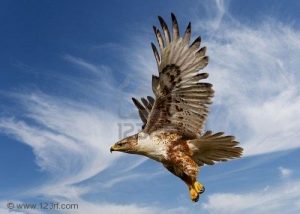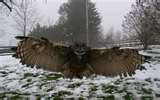Birds of Prey Activity

The following activities are to help you to record your findings of Birds of Prey in your Nature Study Journal:
Flight
How can you tell a hawk when flying from a crow or any other bird? Describe in your
Nature Study Journal how it soars. Does the hawk move off in any direction? Does it move off in circles? How often does it make strokes with its wings? Does it rise when it is facing the wind and fall as it turns is back to the wind? Have you seen a hawk flap its wings many times and then soar for a time? Have you noticed a hawk when soaring drop suddenly to earth? If so, what do you think it was doing?
Hunting
Do hawks seize their prey with their claws or their beaks? What sort of feet and claws does the hawk have? Describe the beak. What do you think a beak of this shape is meant for?

Owls
Have you ever heard an owl? If you have, what time of the day or night did you hear it?
Describe an owl’s eyes. Are the able to see at night? Why is it necessary for an owl to be able to see at night?
The owl has a hooked beak. Why is the owl’s beak shaped that way?
Describe the feet and claws of he owl. What are the owl’s sharp hooked claws meant for?
Set up a special page in your Nature Study Journal for these questions and many more you may have about these magnificent Birds of Prey
Draw diagrams of different Birds of Prey you have seen in your Nature Study Journal and locate literature and poetry about them.
On outspread wings a hawk, far poised on high,
Quick swooping screams, and then is heard no more;
The strident shrilling of a locust nigh
Breaks forth, and dies in silence as before
“Summer Drought”
– J.P. Irvine
